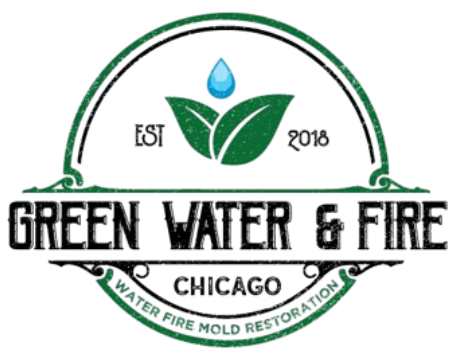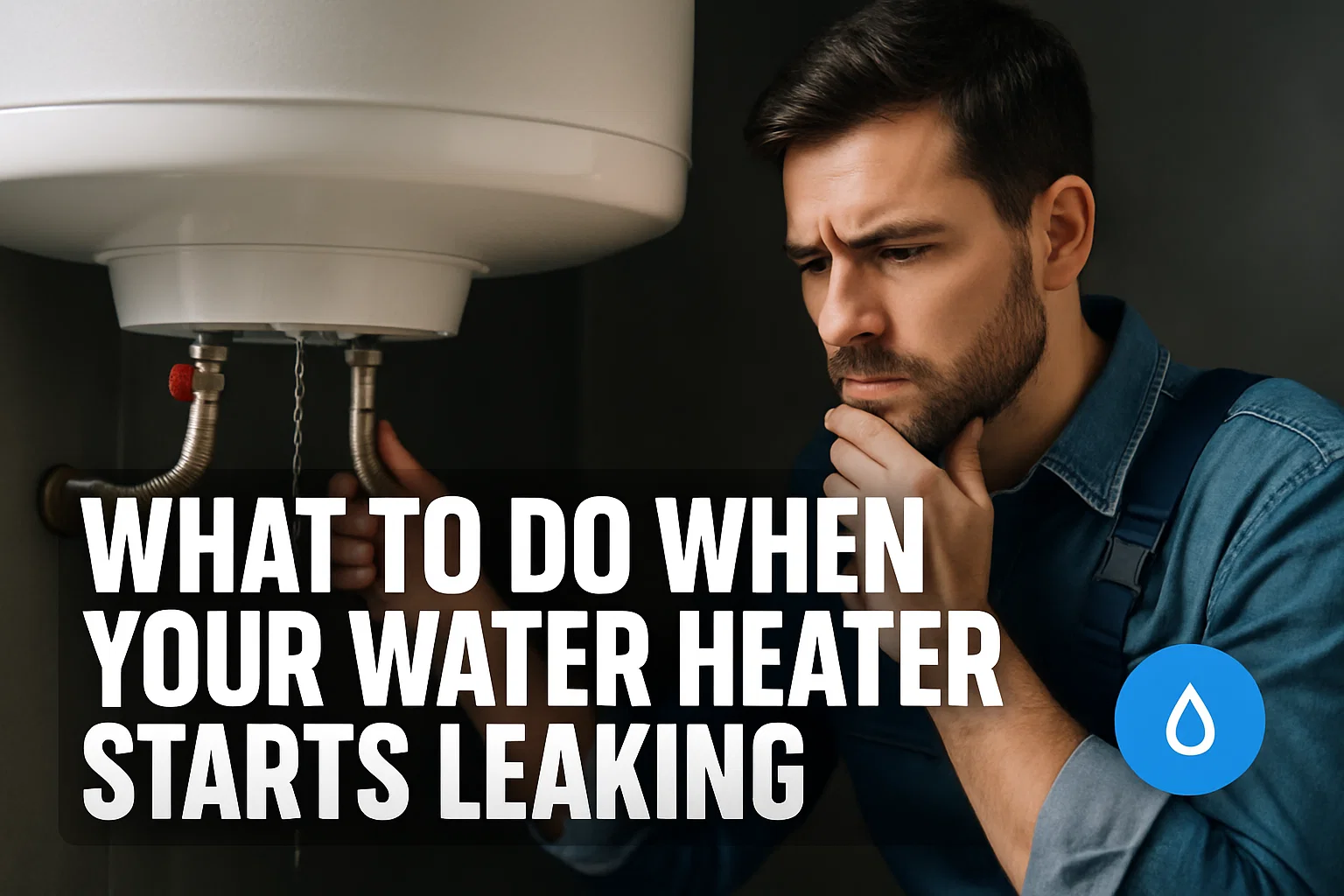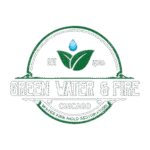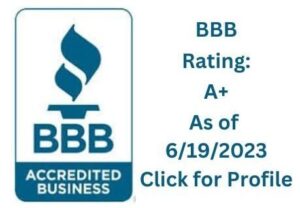When floodwaters come into your home, a fast, informed response is key in reducing the danger to your health, the structure, and the cost of a water loss. Water damage restoration includes water extraction, drying, cleaning surfaces, and repairing structural materials with safety at the forefront. Here’s how to recover from flood damage restoration, based on industry best practices and expert advice.
Immediate Steps After Flooding
Flooding in the home can be a bad experience, requiring a fast and thoughtful response. As soon as water damage is discovered, knowing what to do initially can be the difference between preserving your safety and limiting damage to your property.
Safety first:
Immediately leave the building if it is unsafe due to structural damage or electrical hazards. until it has been declared safe by emergency officials.
- Cut off utilities: Shut off electricity, gas , and water mains to avoid electrocution and explosions.
- Wear protective gear: Wear rubber boots, gloves, and a mask to prevent touching the contaminated water.
Documentation and mitigation:
Take pictures of damaged properties (for an insurance claim) before cleaning up water.
- Inform your insurance company about the flood.
- Start water removal, if safe: Pumps, wet vacuums, or buckets can be used for standing water.
Note: It is rare for standard homeowners’ policies to cover flood damage; you would need a specialized flood insurance policy.
Understanding Flood Damage Categories
Floodwaters are categorized by the degree of contamination, with resulting restoration procedures:
| Category | Source | Health Risk | Restoration Approach |
| Category 1 | Clean water (e.g., burst pipes) | Low | Drying + basic sanitization |
| Category 2 | Gray water (appliance leaks) | Moderate | Advanced cleaning + disinfection |
| Category 3 | Black water (sewage, storm surges) | High | Full PPE, discard porous materials |
What to Do After a Flood
After the immediate danger is visible, recovery must be done carefully. The aftermath of a flood brings its own set of concerns, including everything from health hazards to insurance considerations, and knowing your next steps can put you back in the driver’s seat on the path to recovery.
- Assessing Flood Damage in Your Home
- Structural integrity: Ceilings that sag, foundation walls that are cracked.
- Electrical systems: Outlets that were under water, bare wires.
- Contamination signs: Sediment, sewage odor, and oil sheens on water.
- Vulnerable materials: Drywall (swells when wet), hardwood floors (cups in hours).
1. For clean water (Cat 1) floods only:
Extraction: Submersible pumps ($45/4 h rental) for >1″ of water; wet-dry vacuums for small amounts of water.
Drying: Place industrial fans (rental: $34/day) in a cross-ventilation pattern. Dehumidifiers should be kept under 45% relative humidity.
Never use household fans: They aerosolize the Category 2–3 contaminants.
2. How to Avoid Mold and Further Damage
72 hours: Mold starts growing in less than this time in a damp environment.
- Disinfect all surfaces with EPA-registered antimicrobials (e.g., Concrobium).
- Remove the baseboards from the drywall recess.
Check process: Monitor moisture levels with hygrometers.
3. Avoiding Mold and Other Damage
Mold begins to colonize after 72 hours of moisture.
- Use registered antimicrobials (e.g., Concrobium) on all surfaces.
- Remove the baseboard to open the cavities in the drywall.
Monitor the moisture: Track the process with hygrometers.. Target: (abt) <12% of humidity in wood.
4. Throwing Away Contaminated Items
Discard immediately if:
- Cushioned furniture, such as couches and mattresses that have been saturated with Category 2–3 water.
- Food, drugs, or cosmetics that were contaminated with floodwater.
- Drywall/insulation is wet for over 48 hours.
Pro Tip: If your damage is not covered, photograph discarded items for insurance claims.
The Process of Restoration in 5 Steps
Rebuilding a home following flood damage is a multi-faceted process. Although every case is different, getting an overview of what the process of recovery looks like can provide a lot of comfort as you move forward.
Water Removal:
- Standing water is removed using truck-mounted pumps and submersible vacuums. More effective, DIY solutions are risky with Category 2–3 floods.
- Pro Tip: Never pump basement water faster than the outdoor water is receding, so as not to pull the foundation down.
Drying and Dehumidification:
- Industrial air movers and dehumidifiers are used for 24-72 hours to lower the moisture to less than 50% relative humidity.
- Moisture concealed in the walls or under the flooring can only be detected by using infrared cameras.
Cleaning and Sanitizing:
- All hard surfaces need to be treated with EPA-registered and approved antimicrobial products to kill bacteria and mold spores.
- Porous materials (carpet, insulation, drywall) that have been wet for longer than 48 hours should be thrown out.
Mold Remediation:
- Mold develops in 24–48 h. Professionals perform air quality tests, as well as HEPA vacuums + biocide sprays.
Structural Repairs:
- Renew buckled floor coverings, stained drywall, and ruined electrical work.
- Anticipate expenses ranging from $1,000 (small leaks) to $50,000+ (extreme flooding).
Special Situations: Hurricanes and Storm Flooding
Hurricanes and severe storms also add their complications, with washing out from flooding or severe storm runoff being the most acute. This type of incident frequently has an effect on an entire community. However, preparedness and the ability to make informed decisions are even more of a necessity for the safety and recovery of the community.
What to Do If Your Home Floods in a Hurricane
- Pre-storm prep:
- Carry valuable items to the higher floor of a building.
- Seal basement windows to block floodwaters.
- During flooding:
- Remain inside if evacuation is not ordered.
- Do not drive through moving water >6″.
- Post-storm:
- Beware of downed power lines.
- Take pictures of the damage and debris before cleaning it up.
- Fed Up With Street Flooding
- Establish teams to remove debris.
- Report gas leaks or structural dangers to the authorities.
- Resource prioritization:
- Focus on Seniors/disabled neighbors first.
- Pollution moves more quickly in no-movement water.”
- Documentation needed:
- Proof of home ownership
- Pre-disaster photos
- Repair estimates
Preventing Future Flood Damage
Act now and you can significantly reduce the risk and the consequences of future floods. By knowing what to do in advance and making intelligent investments, you can protect your home and peace of mind from a future behemoth storm.
Flood-Proofing Your Home: What You Can Do Now
Landscaping
- Reshape the soil to slope 6″ over 10 feet from the house foundation.
Technology:
- Smart water sensors ($50 to $150) send alerts about leaks.
- Sump pumps with optional battery backup ($200 to $600).
Structural -Add flood doors in crawl spaces.
Developing a Family Flood Emergency Plan
- Escape routes: Plot numerous routes to high ground on a map.
- Communication protocol: Name an out-of-state contact.
- Practice Drills: Perform flood drills twice a year.
Tips Concerning Insurance Coverage for Flood Damage
- NFIP policies: Up to $250,000 for structure/$100,000 for contents.
- Private flood insurance: Will often cover basements and have higher limits.
- Critical riders: “Replacement cost” for possessions; “loss avoidance” for prevention upgrades.
Why Hire Professionals?
Certified Technicians: Certified employees adhere to science-based drying regulations to impede secondary damages.
High-Level Technology: Professional infrared cameras, large capacity dehumidifiers, and industrial ozone machines work better than the DIY tools.
Insurance Coordination: Pros document damage to the industry standard, facilitating customized claims.
Work with certified restoration services such as Green Water and Fire for organized, effective cleanup.
Conclusion:
Flood recovery requires speed. 24 hours make a significant difference in the cost of repairs and the risks of mold. Don’t forget: Aside from safety and documentation, there is no such thing as a non-negotiable first step. With early intervention and skilled assistance, your home can eventually be restored to a safe and livable condition.
FAQs
The jerks cause (35 percent of cases): burst pipes; (30 percent: storm surges), (20 percent: appliance failure), and 15 percent: sewer backups.
Never. Execution by electric shock, falling building, sewage exposure, it’s all deadly business. Move until the pros say it’s safe.
It will take about 24-48 hours. Rapid drying is critical.
Rarely. Separate flood insurance is essential for coverage.
Water removal: 1–2 days. Drying: 3–5 days. Repairs: between 1 and 8 weeks, depending on the severity of damage.


















